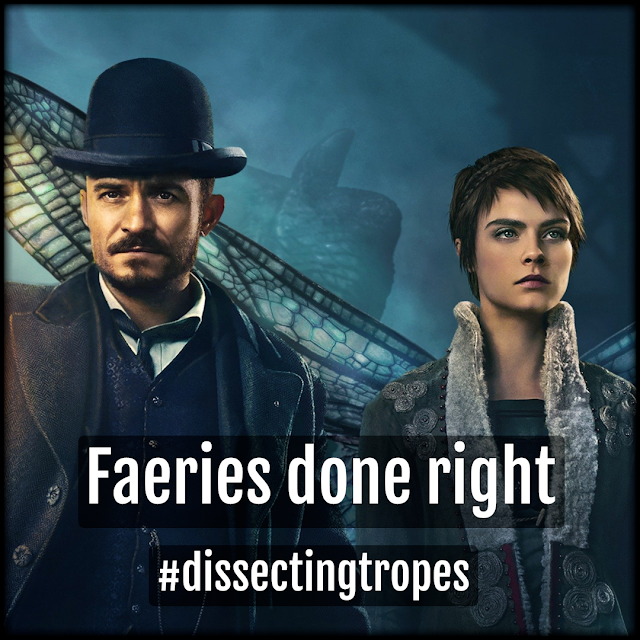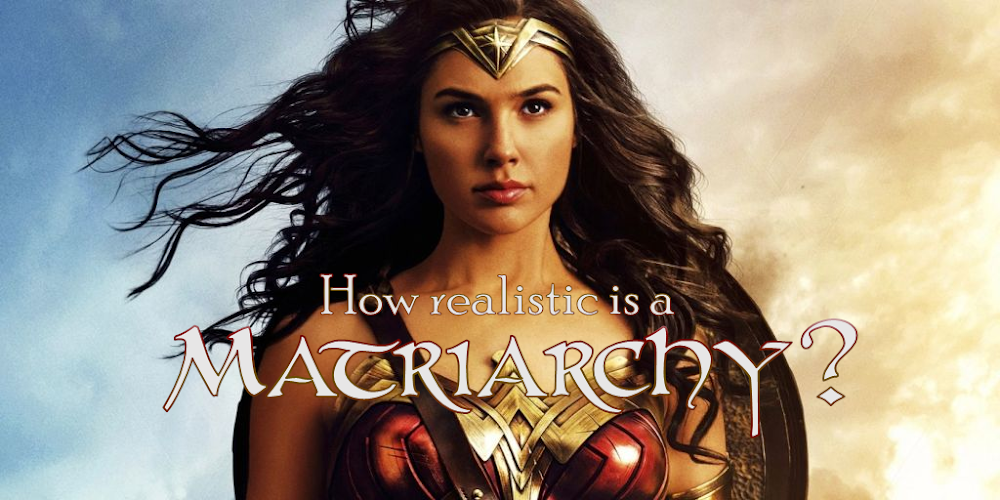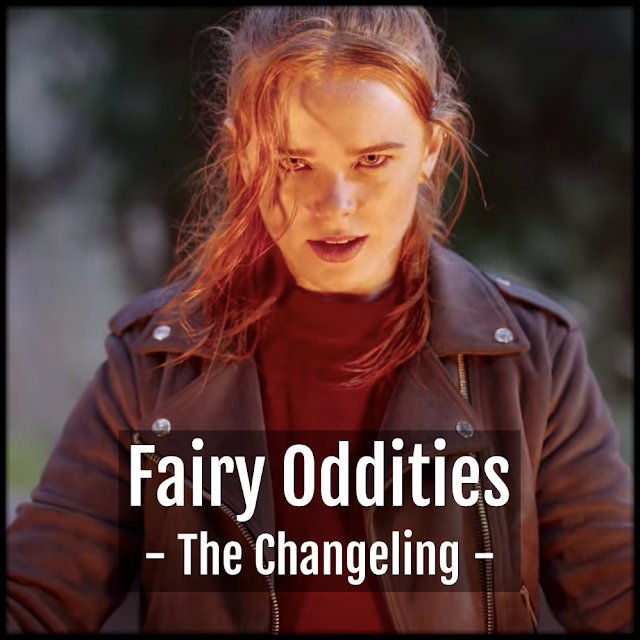Faeries done right - Mad kings and colonization
Hey there, traveler!
It’s Darr here, with a crescendo to our fairy extravaganza. We’ve already mentioned some popular media featuring fae of all kind, but as a last note, I thought we should look at a couple of the ones we like best. Be aware, this one is super spoilery, so if you haven’t seen any of the series mentioned in the paragraph titles, proceed at your own risk! Ready? Let’s go!
I. Mad Sweeney (American Gods)
This one is special to me because of how perfectly it portrays the demystification of Irish mythology. Mad Sweeney is a character in Neil Gaiman’s American Gods, introduced as a leprechaun, a celtic fae creature similar to a dwarf associated with gold and luck. However, there are immediately a few bits somehow amiss. First, Sweeney is tall, like, really tall. Second, his magical pulling-coins-out-of-thin-air power is later revealed to work with basically anything he touches and stashes away in “the hoard of the sun”, something way cooler than a leprechaun can usually access. So what’s the deal with him?
Well, in season two of the show, there’s quite a twist: Mad Sweeney used to be Lugh, king of the Thuata dé Danann. If you aren’t familiar with this court of supernatural folk, we’ve got a post to catch you up here. But basically, as Sweeney later recalls, the Thuata used to be gods in Irish-Celtic mythology. When Christianity arrived (or “Mother Church”, quoting the show), they had a problem with being more then one God, so they started downgrading them. This is shown brilliantly in American Gods, as Sweeney first believes he’s a leprechaun (the last interpretation of the thuata by Christians), then remembers he was a king once (a somewhat earlier attempt to forge mythology into pseudohistory), but eventually Mr. Ibis (Thoth) reveals that Sweeney was once the god-king Lugh, god of the Sun, arts, crafts and everything useful to civilization. If you’re interested in a realistic yet entertaining representation of how Celtic mythology got done over by the Church, look now further!
(Also, bonus points for the episode about Essie McGowan showing how Celtic traditions snuck into America.)
II. The fae’s of Carnival Row
If you haven’t seen Amazon’s steampunk-fantasy series, what are you doing here?! Go watch it, it’s amazing! To give a brief overview, Carnival Row is a story focused on social tensions between human natives of a Victorian London-esque city state called The Burgue, and the supernatural refugees living in slums. One group is the Fauns (called ‘pucks’ by humans), resembling the Greco-Roman Satyrs, while the other is – you guessed it – the faes (or ‘pixes’ as the humans call them). This story heavily focuses on how political manipulation can create hatred against immigrant populations, but this message doesn’t feel forced down the audience’s throat like many other similar works. And all that’s just a background for a mystery, a crime drama and brilliant character work, so there’s something for everyone here.
For me as a pantser, it’s a brilliantly detailed thought-experiment about what would happen if humans somehow found the mystical fae-lands. In mythology, places like Tír na nÓg and Anwnn are unreachable for humans (save a few heroes). In Carnival Row, however, things are quite different. The faes come from a continent called Tirnanoc, housing a highlands called Anoun (see what they did there?), that was absolutely torn to pieces when two human nations found their way over there. As colonizers do, the Burgue and the Pact (the two opposing factions) waged war against each other over control of the newfound land, absolutely ignoring that it was not only inhabited, but had a rich culture and an advanced civilization already. This war eventually ended with the Burgue pulling back, so Tirnanoc became a Pact colony, and living hell for all faeries living there. Since the Burgue is a lesser of two evils, the lucky ones fled to their capital city, choosing a life in slums instead of the Pact rule. This element of squeezing a mysterious, ancient land shrouded in legends for economical gains hits on so many levels. Can you imagine discovering the fairylands, the most talked-about secret heaven and just fucking it up? If you can’t, don’t worry. Carnival Row does the imagining for you, showing every miserable detail with cruel precision, making you hate the human race even more. Cheers!
(Bonus points for naming the mysterious serial killer decimating the Pix population “Unseelie Jack”. This show is so good you guys.)
I think I’ll end the post here. Go watch both shows if you haven’t. Maybe they will inspire you as they inspired us, giving a little something to write your next WIP about.
We’ll see you next time. Until then, take care!
Cheers,
Darr






Comments
Post a Comment